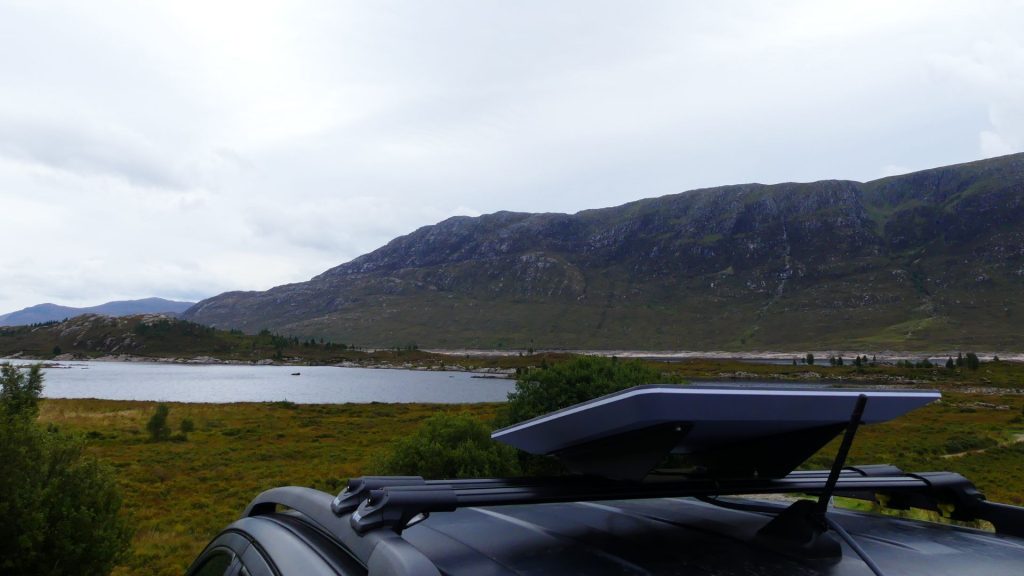Mountain Rescue, Scottish Highlands
Mountain rescue is a vital service that plays a crucial role in safeguarding society by providing assistance to individuals who find themselves in perilous situations in mountainous and remote areas, where dedicated teams of trained volunteers and professionals specialize in locating, rescuing, and providing medical aid to those injured or lost in challenging terrains. Mountain rescue teams not only save lives but also instil a sense of security and confidence among outdoor enthusiasts, encouraging more people to explore and enjoy the natural beauty of mountain landscapes.

Mountain Rescue Statistics in Britain (2022)
The Challenge
Mountain rescue teams often encounter significant internet connectivity challenges in the remote and rugged terrains they operate in. These areas are typically characterized by limited or non-existent cellular network coverage and unreliable access to the internet.
This lack of connectivity can hinder their ability to access critical information, coordinate rescue efforts, or communicate with base stations and emergency services. In situations where quick decisions and access to up-to-date weather forecasts, topographical maps, or medical guidelines are essential, the absence of internet connectivity can pose life-threatening challenges.
A few of us here at The Clarus Networks Group, alongside a mountain rescue team embarked on a journey to the Scottish Highlands. Our goal was to evaluate a connectivity solution aimed at tackling the challenges posed by limited connectivity in isolated areas and its potential consequences for vital operations.
The Solution
Starlink, the groundbreaking satellite internet service, is transforming connectivity in remote and rugged areas.
Throughout the day, our team had a Starlink Mobility terminal as their reliable companion, ensuring seamless communication and access to critical data, even in notorious connectivity black spots.
Starlink mobility offers versatile and reliable internet connectivity on the road in remote areas that have traditionally faced significant issues in receiving internet coverage, with ultra-fast, low latency connectivity,
The Results
✓ Remarkable speeds of 260Mbps download and 60Mbps upload speeds, even whilst on the move
✓ Latency of just 20-40ms
✓ Reliable coverage in rugged terrain and remote valleys
✓ Instant communication possible with emergency personnel and other stakeholders
✓ Live streaming high-definition video quality back to base
✓ Future-proofed primary and backup internet solution
Using Starlink for Search & Rescue
Satellite internet like Starlink can offer a number of benefits for search and rescue operations, including:
Reliable and high-speed internet access in remote areas: Mountain rescue teams often operate in areas with poor or no cellular coverage. Starlink can provide reliable and high-speed internet access even in the most remote locations, which can be essential for coordinating search and rescue efforts and communicating with other emergency services.
Real-time data sharing: Starlink can be used to share real-time data, such as weather conditions, topographical maps, and GPS coordinates, with other team members and emergency services. This can help to improve the efficiency and effectiveness of search and rescue operations.
Improved communication: Starlink can be used to provide voice and video communication between team members and emergency services. This can be essential for coordinating search and rescue efforts and providing medical assistance to casualties.

